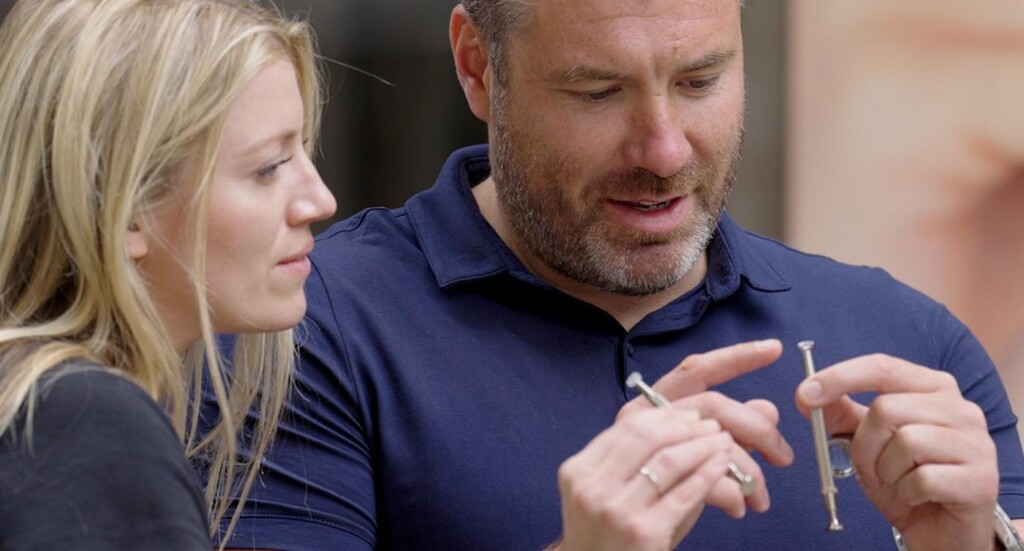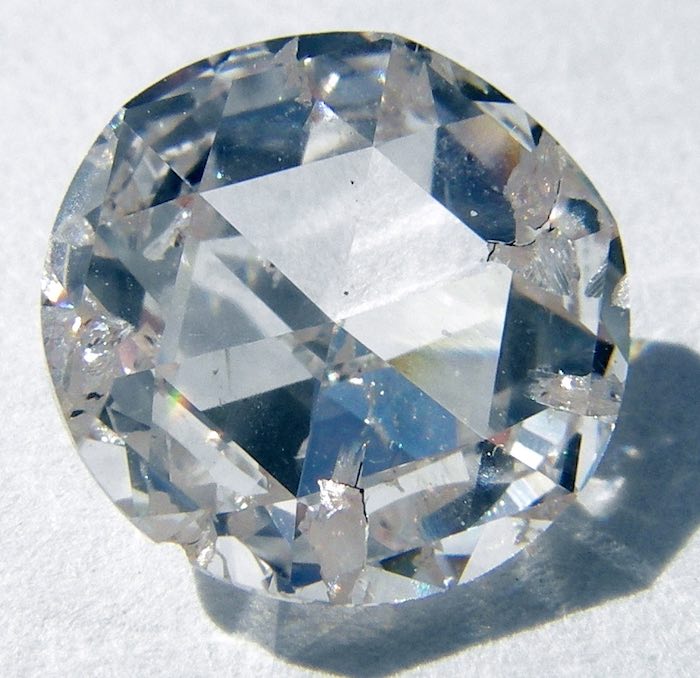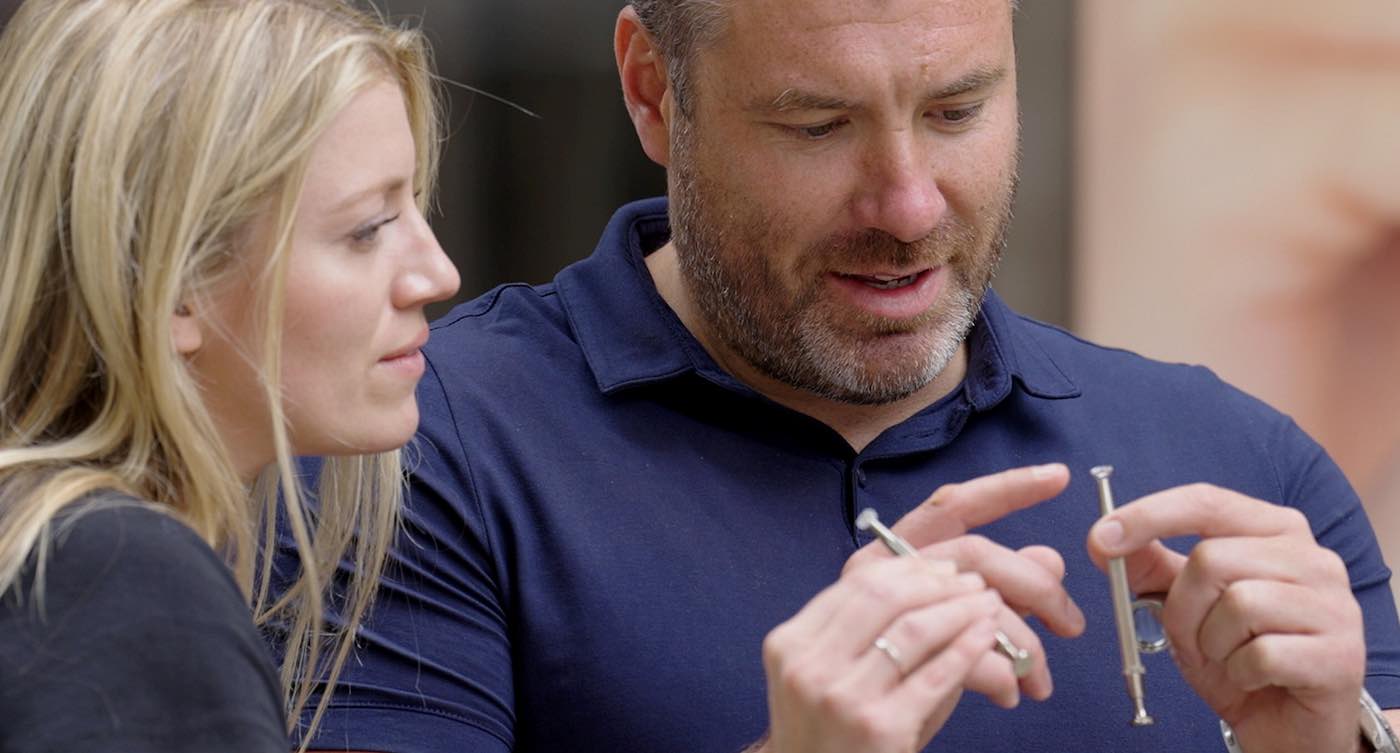
Diamonds grown in a laboratory are becoming more and more popular as newlyweds opt for a more sustainable alternative to mined gems.
Some jewelers say interest has grown by more than 2,000 percent in five years, as people find out about the more affordable option.
Physically and chemically identical to their natural counterpart, lab-grown diamonds cost up to 85 percent less.
A new survey of 1,500 spouses and engaged couples found 70 percent would be willing to opt for a lab-grown alternative. Value for the money (55%) and sustainability (43%) are the top reasons they’d make the switch.
But 69 percent admitted they wouldn’t be able to tell the difference between the two types of gems.
So the diamond retailer Queensmith put it to the test before the general public where passers-by were left surprised by the price difference, while struggling to tell the gems apart.
Situated in the historic Hatton Garden district of London, Queensmith revealed the market for lab-grown diamonds has increased by 2,860 percent in just five years.
In 2019, its lab-grown sales equated to just one percent of overall diamond sales, but this year, that figure has swelled to 81 percent of overall sales, with the jeweler on track to sell 1,900 lab-grown diamonds in 2023.
A spokesperson for the brand, which commissioned the poll, said 46 percent were not even aware lab diamonds even existed.
CHECK OUT: World’s Largest Air Purifier Transforms Chinese Smog into Actual Diamonds

“It’s no surprise to see people willing to move away from mined diamonds. Lab-grown diamonds provide a great alternative that is less impactful on the environment, which is a big concern for most people.”
LOOK: Rare Diamond Within a Diamond Is Unearthed in India and Dubbed ‘The Beating Heart’
53 percent of respondents who plan to tie the knot would choose a cheaper engagement ring if it meant they could splash out more on their wedding day. The venue (53 percent) and the wedding outfit (34 percent) are the main priorities—with the rings (31 percent) taking third place.
For some, that future is already here, as more than one in four people questioned by OnePoll said they either owned jewelry with a lab-grown diamond, or knew someone who did.
How They’re Made
Although not as rare as their natural diamond counterpart, people find them just as beautiful. Available in yellow, pink, green, orange, blue, and clear, they’re created in a setting that mimics how they are made naturally, using one of two methods: chemical vapor deposition (CVD) or high pressure high temperature (HPHT).
During HPHT, pure carbon is pressed within a metal cube and exposed to immense heat and pressure through electric pulses.
RELATED: Ordinary Plastic Turned into Diamonds Via Laser Beam in the Blink of An Eye
The carbon breaks down and crystalizes into a diamond. Any metal traces within a HPHT diamond will be minuscule and usually not visible to the naked eye, with most experts considering HPHT diamonds to be better quality than CVD diamonds. They reportedly have the same atomic structure as a mined diamond, and is therefore optically, chemically and physically identical.
“As people become more knowledgeable about lab diamonds, I’m sure we’ll see increased demand and clients looking to learn more for themselves.”
SHARE the Better Alternative With Lovers on Social Media…




















